Best learning management software – Choosing the right Learning Management System (LMS) is crucial for effective online learning. With a plethora of options available, selecting the best fit for your specific needs can feel overwhelming. This comprehensive guide will delve into the key features, functionalities, and considerations to help you navigate the landscape of LMS software and find the perfect platform for your organization or individual learning goals.
We’ll explore various LMS types, pricing models, and essential features, providing you with the knowledge to make an informed decision.
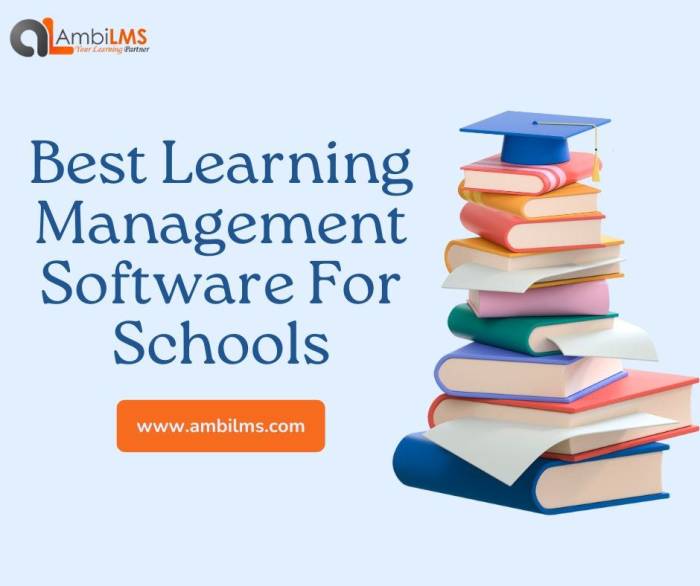
Source: medium.com
Understanding Learning Management Systems (LMS)
A Learning Management System (LMS) is a software application designed to manage, deliver, and track online learning programs. It centralizes the entire learning process, from course creation and delivery to assessment and reporting. Key functionalities include:

Source: learnworlds.com
- Course Creation and Management: Easily create, edit, and organize online courses with various content formats (videos, documents, quizzes, etc.).
- Content Delivery: Distribute learning materials to learners through a user-friendly interface, often with features like scheduling and drip-feeding content.
- Assessment and Grading: Conduct quizzes, tests, and assignments, automatically grading and providing feedback to learners.
- Learner Management: Track learner progress, engagement, and performance, providing insights into learning effectiveness.
- Communication and Collaboration: Facilitate communication between instructors and learners through discussion forums, messaging, and other collaborative tools.
- Reporting and Analytics: Generate reports on learner performance, course completion rates, and other key metrics to measure the success of your learning programs.
Types of Learning Management Systems
LMS platforms cater to diverse needs. Understanding the different types helps in choosing the right fit:
1. Cloud-Based LMS
These systems are hosted on the vendor’s servers, requiring no on-site infrastructure. They offer scalability, accessibility, and ease of maintenance. Popular examples include Moodle Cloud, Canvas, and Blackboard.
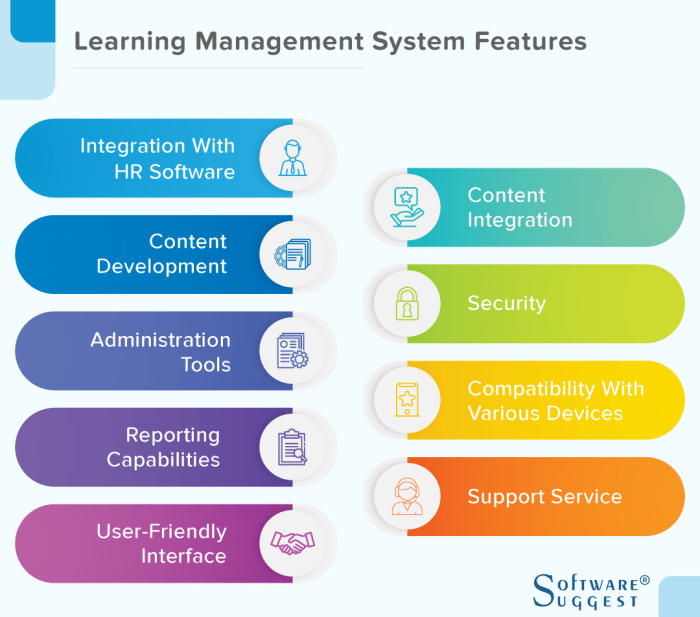
Source: amazonaws.com
2. On-Premise LMS

Source: co.uk
These systems are installed and maintained on your organization’s servers, providing greater control over data and security. However, they require significant IT infrastructure and expertise. Examples include Moodle (self-hosted), and some enterprise-level solutions.
3. Open-Source LMS
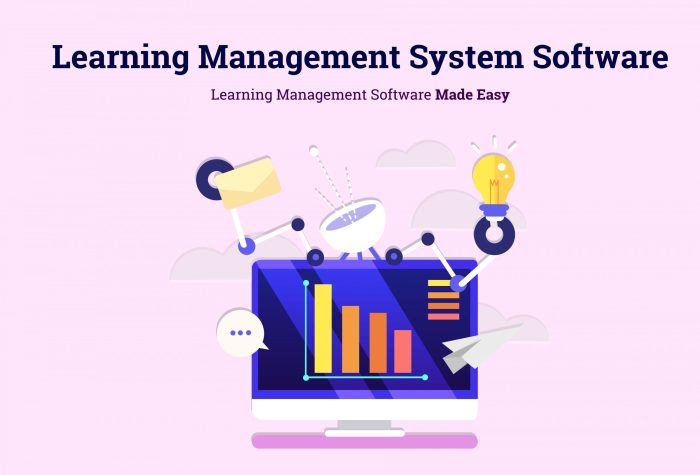
Source: eleapsoftware.com
These systems provide the source code, allowing customization and modification. Moodle is a prominent example, offering flexibility but requiring technical expertise for implementation and maintenance. This often results in lower initial costs but higher ongoing maintenance costs.
4. Mobile-First LMS

Source: elearningindustry.com
Designed for optimal mobile experience, prioritizing accessibility and usability on smartphones and tablets. Many modern cloud-based LMS platforms incorporate mobile-first design principles.
Key Features to Consider When Choosing an LMS
Selecting the best LMS involves careful consideration of several key features:
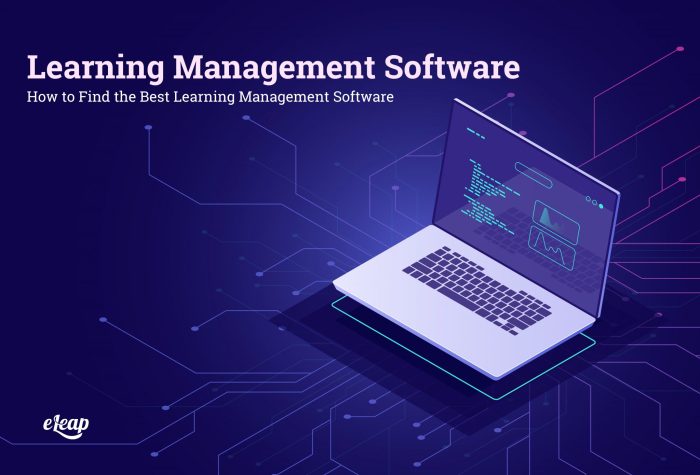
Source: eleapsoftware.com
1. User Interface and Experience (UI/UX)
A user-friendly interface is crucial for both instructors and learners. Look for intuitive navigation, easy content creation tools, and a visually appealing design. A poor UI/UX can significantly hinder adoption and engagement.
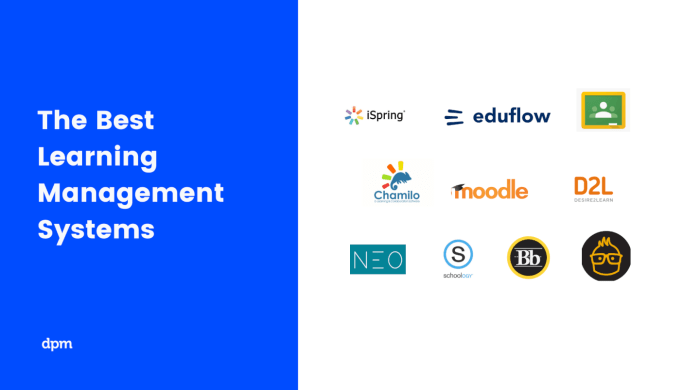
Source: thedigitalprojectmanager.com
2. Content Creation and Management Tools
The LMS should provide robust tools for creating and managing various learning materials, including videos, documents, presentations, and interactive exercises. Support for SCORM and xAPI standards ensures compatibility with existing content.
3. Assessment and Grading Capabilities
Effective assessment tools are essential for measuring learner progress. The LMS should offer a variety of assessment types (quizzes, tests, assignments) with automated grading and feedback mechanisms.
4. Communication and Collaboration Features

Source: softwaretestinghelp.com
Robust communication features, such as discussion forums, messaging, and collaborative tools, are vital for fostering interaction between instructors and learners.
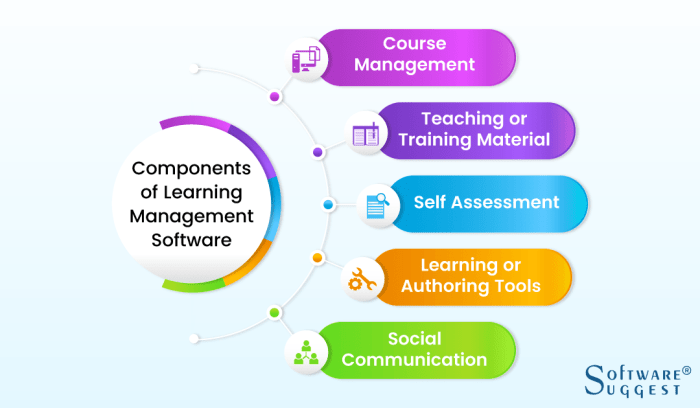
Source: amazonaws.com
5. Reporting and Analytics
Comprehensive reporting and analytics tools provide valuable insights into learner performance, course effectiveness, and overall program success. Data visualization and customizable reports are highly desirable.

Source: marketing91.com
6. Integration Capabilities
Seamless integration with other systems (CRM, HR, video conferencing platforms) streamlines workflows and enhances the overall learning experience. API access is crucial for custom integrations.
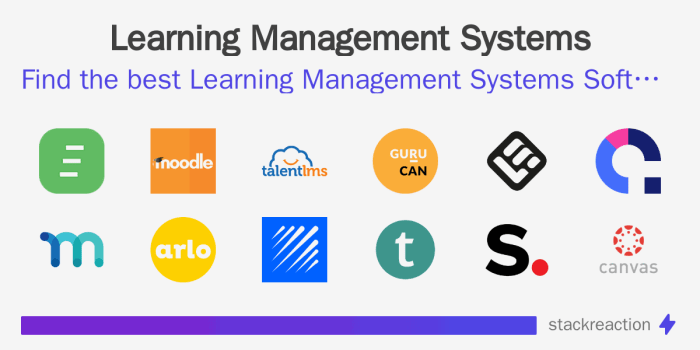
Source: stackreaction.com
7. Scalability and Security
The LMS should be scalable to accommodate future growth in learners and courses. Robust security measures are essential to protect learner data and ensure platform integrity.
8. Mobile Accessibility
A responsive design ensures accessibility across various devices (desktops, tablets, smartphones), maximizing learner convenience and engagement.
9. Customer Support
Reliable customer support is crucial for addressing technical issues and providing assistance with platform usage. Consider the availability of various support channels (email, phone, chat).
10. Pricing and Licensing
LMS pricing models vary significantly. Consider factors such as the number of users, features included, and ongoing maintenance costs. Compare different pricing options to find the best value for your budget.
Top Learning Management System Providers
Several reputable LMS providers offer robust solutions. Here are a few examples (note that this is not an exhaustive list, and the best choice depends on your specific requirements):
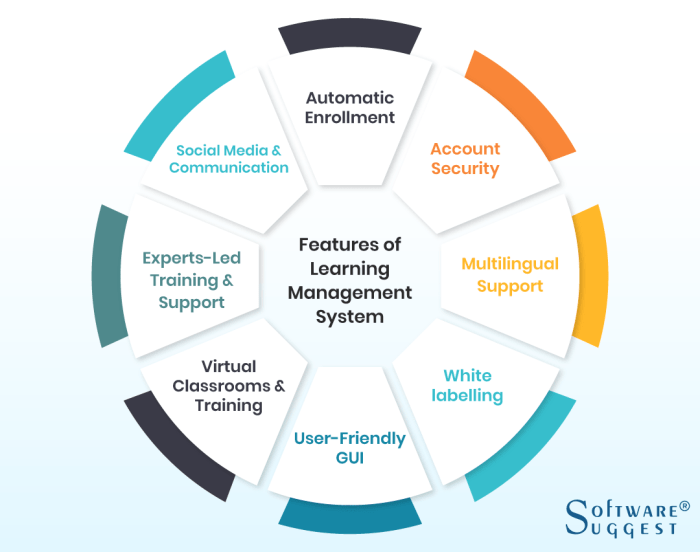
Source: amazonaws.com
- Moodle: A popular open-source LMS known for its flexibility and customization options.
- Canvas: A widely-used cloud-based LMS known for its user-friendly interface and robust features.
- Blackboard: A well-established LMS provider offering a range of solutions for various educational institutions and organizations.
- Thinkific: A popular platform for creating and selling online courses.
- Teachable: Another strong contender for creating and selling online courses.
Frequently Asked Questions (FAQ): Best Learning Management Software
- Q: What is the best LMS for small businesses? A: The best LMS for small businesses depends on specific needs and budget. Cloud-based solutions like Thinkific or Teachable are often good starting points due to their ease of use and scalability.
- Q: How much does an LMS cost? A: LMS pricing varies greatly depending on features, number of users, and provider. Expect to pay anywhere from free (for open-source options) to thousands of dollars per year for enterprise-level solutions.
- Q: What is SCORM compliance? A: SCORM (Sharable Content Object Reference Model) is a standard for e-learning content, ensuring interoperability between different LMS platforms.
- Q: Is a cloud-based LMS better than an on-premise LMS? A: Cloud-based LMS offers scalability, accessibility, and ease of maintenance. On-premise LMS provides greater control over data and security but requires significant IT infrastructure.
- Q: How do I choose the right LMS for my organization? A: Consider your specific needs, budget, technical capabilities, and the size of your learner population. Research different LMS providers, compare features, and request demos before making a decision.
Choosing Your LMS: A Final Note
Selecting the right LMS is a significant decision. By carefully considering your specific requirements, exploring various options, and thoroughly evaluating key features, you can find a platform that effectively supports your learning objectives and enhances the overall learning experience for your learners. Remember to prioritize user experience, robust features, and reliable support.
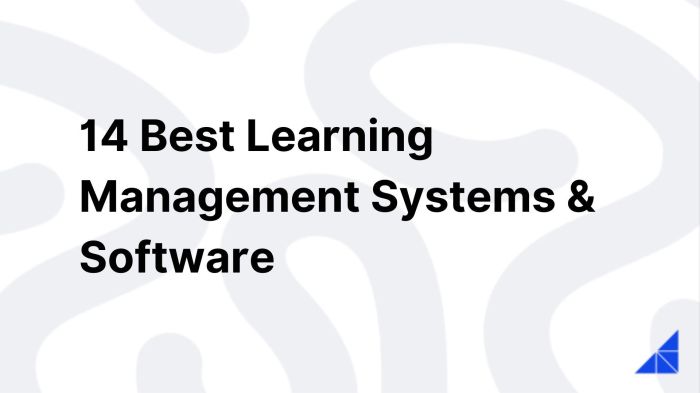
Source: workramp.com
References
- eLearning Industry
- GetDrip
- Forbes (for articles on EdTech)
Call to Action
Ready to transform your learning experience? Explore the LMS options mentioned above and find the perfect fit for your needs. Start your free trial today and experience the power of effective online learning!
Expert Answers
What is the average cost of learning management software?
The cost varies greatly depending on the features, number of users, and vendor. Expect to find options ranging from free, open-source platforms to enterprise-level solutions with substantial annual fees.
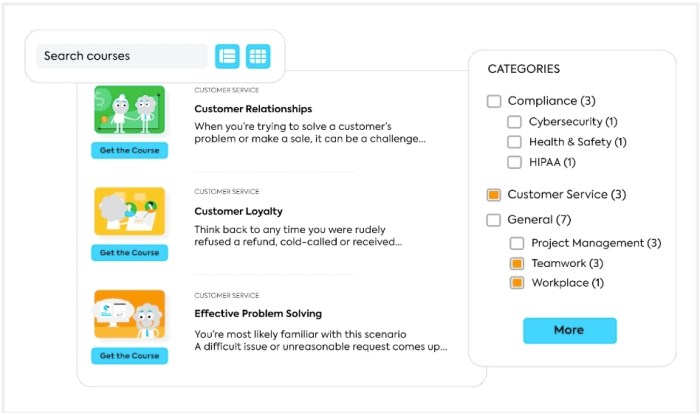
Source: workramp.com
How do I integrate my LMS with other systems?
Most modern LMS platforms offer robust API integrations, allowing for seamless connectivity with other software such as CRM systems, video conferencing platforms, and assessment tools. Check the vendor’s documentation for specific integration capabilities.
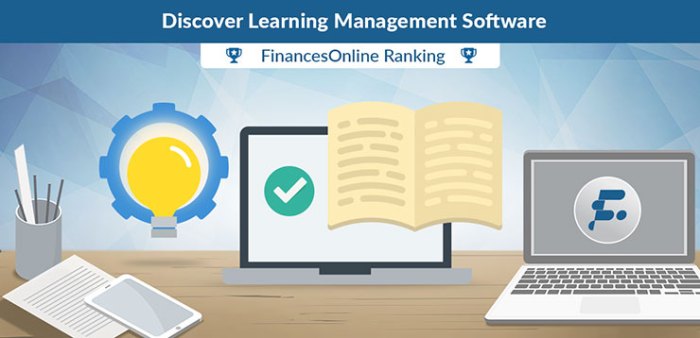
Source: financesonline.com
What security measures should I look for in an LMS?
Prioritize LMS platforms with robust security features such as data encryption, multi-factor authentication, and regular security audits. Ensure compliance with relevant data privacy regulations.

Source: wbcomdesigns.com
What kind of technical support is typically offered?
Support varies by vendor, but common options include email, phone, and online help documentation. Some vendors offer dedicated account managers for enterprise clients.
